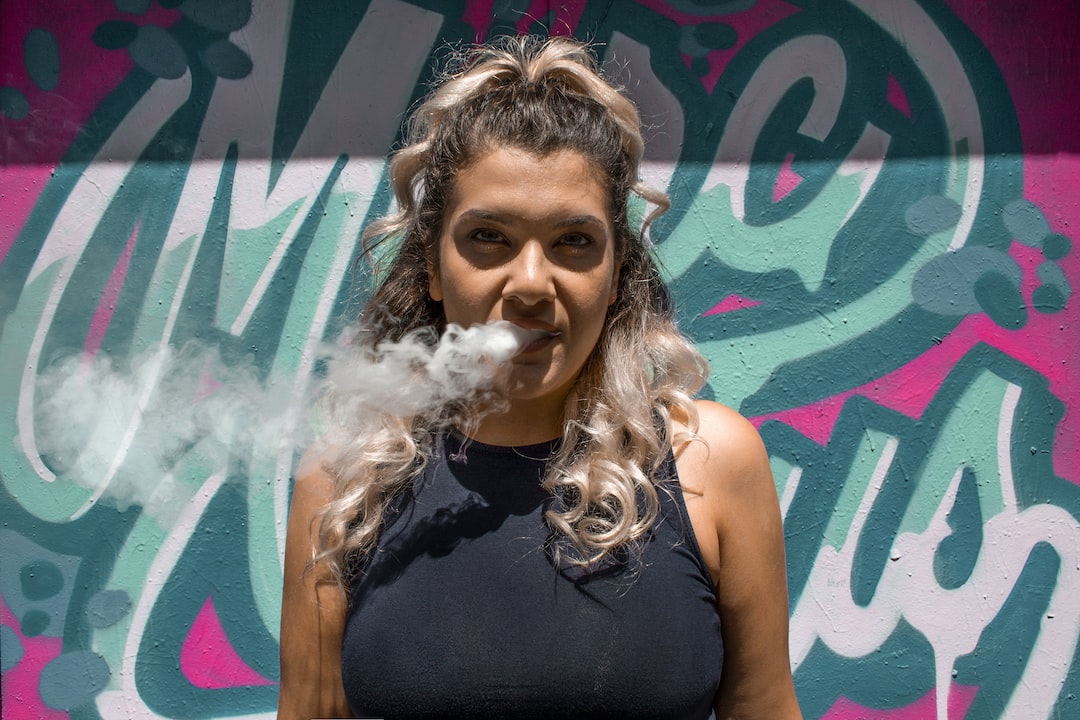Artistic expression has long served as a powerful tool for initiating conversations and sparking change. In today’s world, where social issues are increasingly being discussed and debated, artists are using their creativity to bring light to important topics, ignite conversations, and drive social change.
Art has the unique ability to transcend boundaries and capture emotions in a way that words often fail to do. Artists have the power to present complex issues in a way that is accessible to everyone, regardless of their background, education, or beliefs. Through their paintings, sculptures, music, and performances, artists are able to convey a message and evoke a response that can inspire action and create an impact.
One of the ways in which artists ignite conversations around important issues is by challenging the status quo. They fearlessly question existing structures and norms, and in doing so, encourage dialogue and provoke thought. By presenting alternative perspectives, artists encourage the viewers to reconsider their own beliefs and biases, leading to a greater understanding of the issues at hand.
Through their work, artists also serve as mirrors of society, reflecting the struggles, injustices, and inequalities that exist. They shine a light on those who are marginalized and voiceless, drawing attention to their stories and experiences. By doing so, artists bring visibility to these issues and inspire empathy, compassion, and a desire for change.
One example of an artist who uses her work to ignite conversations around important issues is Banksy. The elusive street artist uses his graffiti art to critique capitalism, inequality, and social injustice. He often incorporates powerful imagery and thought-provoking messages in his work to shed light on various issues, such as poverty, war, and the environment. Banksy’s art not only captivates viewers worldwide but also serves as a platform for discussion and action.
Another powerful example is the use of art to address mental health. Artists like Frida Kahlo and Vincent van Gogh have used their own struggles with mental health to create deeply personal and emotive artworks. Their paintings offer a glimpse into the realities of living with mental illness and help to break down stigmas surrounding mental health. By sharing their stories through art, these artists spark conversations and challenge societal perceptions surrounding mental health.
Art for social change is not limited to visual arts alone. Music has also played a significant role in igniting conversations and inspiring movements. Artists like Bob Dylan, Nina Simone, and John Lennon used their music to protest against war, racial inequality, and social injustices. Their lyrics and melodies became anthems for social change, rallying people together and giving them a collective voice.
In conclusion, art has the power to ignite conversations around important issues by challenging the status quo, reflecting society, and giving a voice to the marginalized. Artists use their creativity to present alternative perspectives, provoke thought, and drive social change. Whether it be through visual arts, music, or performance, artists have the unique ability to inspire empathy, raise awareness, and ultimately, create a better world. It is through their works that conversations are ignited, connections are made, and society is propelled forward. So let us celebrate and support artists who use their art to ignite conversations and drive social change, as they are the catalysts for a brighter future.

